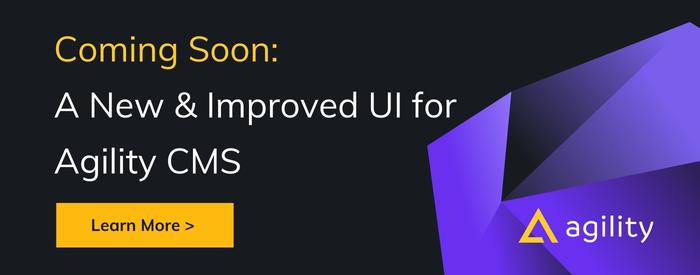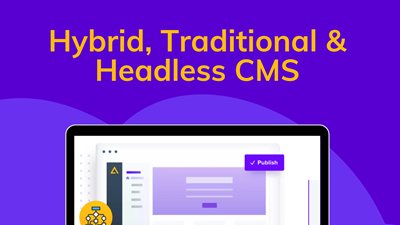What is GraphQL CMS and its Advantages?
Understanding GraphQL and its benefits for building with a Headless CMS


A GraphQL-ready CMS is a new way to build content-driven websites and apps. It has quickly become the most popular frontend web development framework for building data-rich, interactive user interfaces. This post will explore how GraphQL works on a technical level and talk about what a GraphQL CMS is and how GraphQL benefits a headless CMS.
What is GraphQL?
GraphQL means Graph Query Language and is defined as "a query language for your API and a server-side runtime for executing queries using a type system you define for your data. GraphQL isn't tied to any specific database or storage engine and is instead backed by your existing code and data." Let's unpack that definition.
A GraphQL server provides a client with a predefined schema —or model— of the data which the API can request from the server. The schema serves as a middleman between the client and the server and gives the API rules for accessing the data. A GraphQL service is created by defining types and fields on those types, then providing functions for each field on each type.
A type describes the kinds of objects that can be queried on that server and a field is an element designed for entering data.
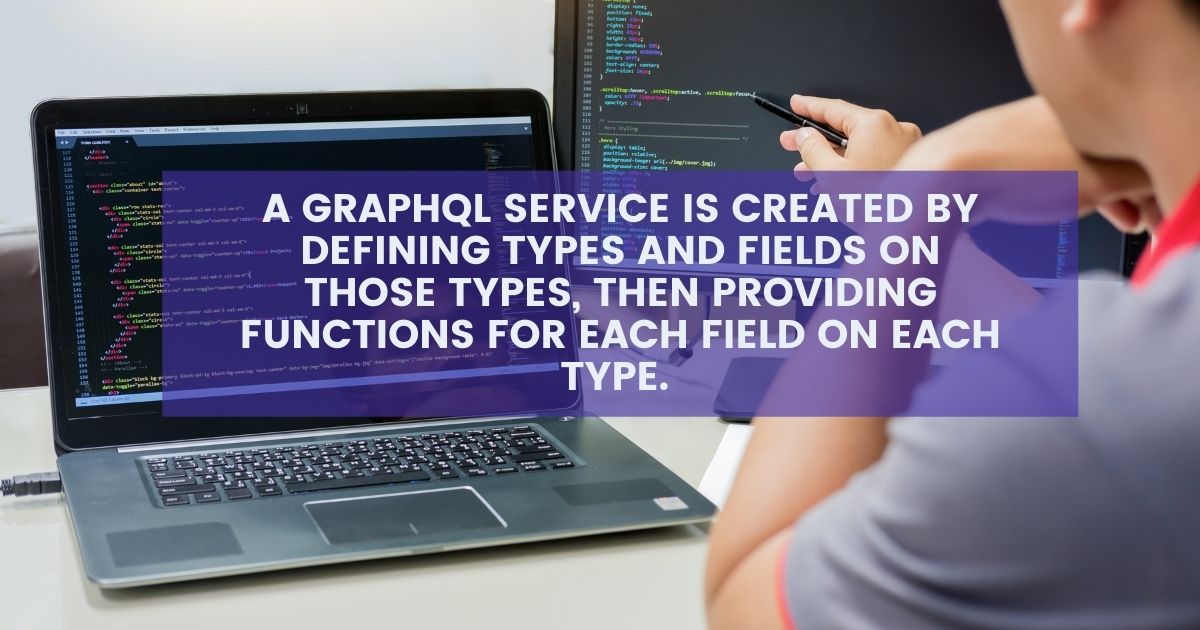
For example, a GraphQL service that tells you who the logged-in user is (me) and that user's name. A typical GraphQL service looks like this:
type Query {
me: User
}
type User {
id: ID
name: String
}
Along with functions for each field on each type:
function Query_me(request) {
return request.auth.user;
}
function User_name(user) {
return user.getName();
}
GraphQL aims to make APIs fast, flexible, and developer-friendly. You can deploy GraphQL APIs within an integrated development environment (IDE) known as GraphiQL that provides users with an alternative to REST that enables developers to construct requests that pull data from multiple sources in a single API call.
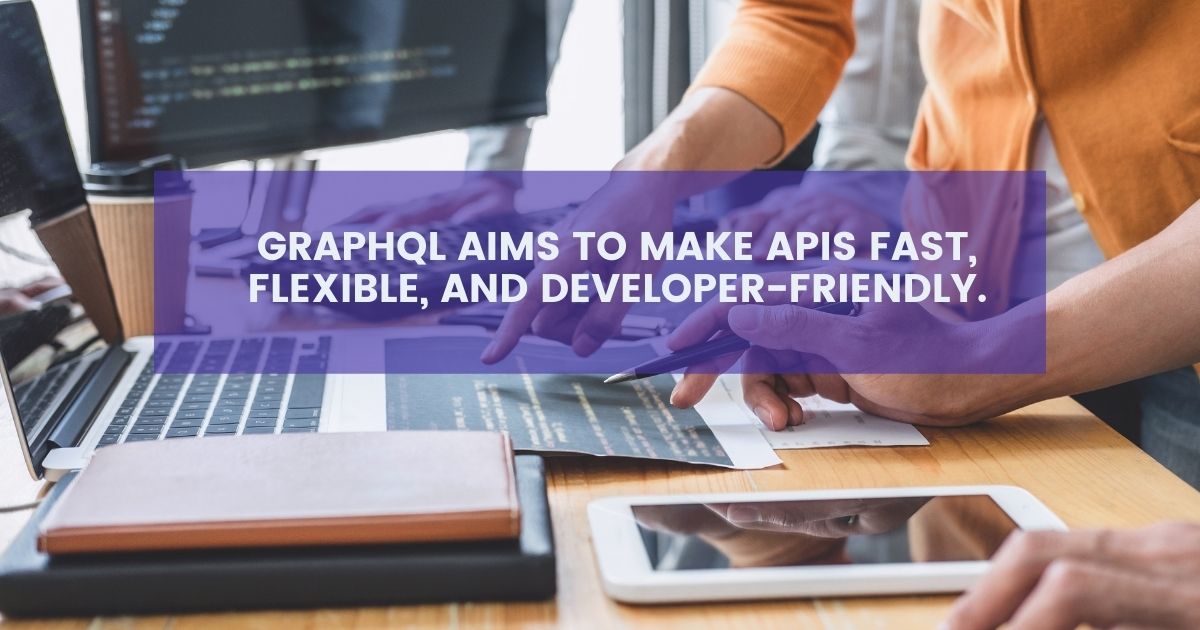
Since GraphQL services can be written in any language, with GraphQL, software developers can build APIs using the methods they prefer while GraphQL ensures they will work in a predictable way to clients.
Benefits and Advantages of GraphQL
1. Developer-friendly: As a descriptive query language, GraphQL gives developers a superior developer experience because it can be written in any language you want as long as it delivers the content as expected.
2. Easier to Evolve: GraphQL enables developers to add new fields and types to their GraphQL API without impacting any existing query. Similarly, aging fields can be deprecated and hidden from the public so you don't have to worry about multiple old fields making things difficult for you. That makes GraphQL APIs easy to evolve while maintaining a clean server code.
3. Predictable: GraphQL gives developers consistent queries that either succeed or fail predictably. That makes GraphQL APIs faster and easier to parse than REST ones. Similarly, as GraphQL APIs return JSON files, you can parse them easily in case of errors, making it easier for developers to solve API issues.

4. Fast and Stable: GraphQL enables developers to send queries to your API and get exactly the data you need because GrapqhQL queries always return predictable results faster than REST. Plus, it gives you greater flexibility and stability because you control the data, not the server.
5. Better Query of Content: GraphQL solves the over and under-fetching issues of REST and allows the client to query and request only the needed data. That way, since the client has more freedom over the data they fetch, development is faster and less error-prone.
What is a GraphQL CMS?
GraphQL is a query language for your API and a server-side runtime for executing queries using a type system you define for your data. GraphQL isn't tied to any specific database or storage engine and is instead backed by your existing code and data. It provides clients with the ability to request only the data they need from a provider and nothing more.
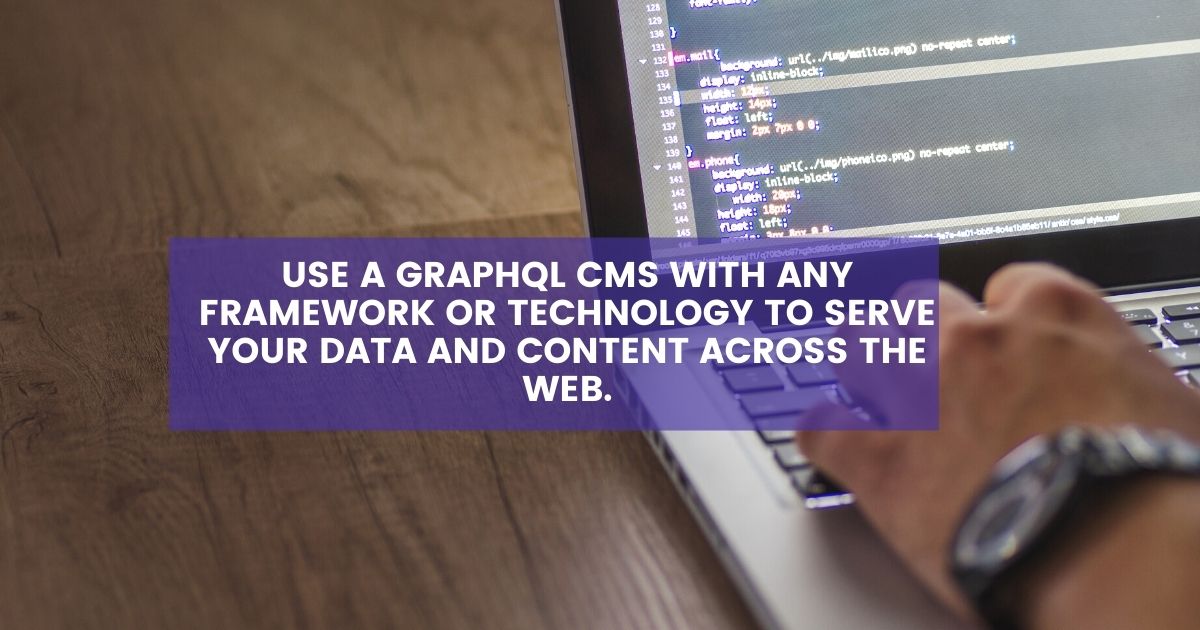
GraphQL CMS is a new type of Content Management System that allows you to create content in one place and have it be served up anywhere by any tech stack. You can use a GraphQL CMS with any framework or technology to serve your data and content across the web.
This leads to faster load times, easier integrations, and less bandwidth usage when delivering content. For these reasons, GraphQL CMS has become increasingly popular in recent years as an alternative to traditional REST-based models.
GraphQL-ready CMS like Agility CMS makes it easy to manage and deliver omnichannel CMS digital content across multiple websites, apps, and platforms. Agility CMS API is cross-compatible, which means it works well with both REST and GraphQL APIs. Plus, Agility CMS' API is extensible, scalable, and strong. Agility CMS also provides developers with a GraphQL playground to facilitate and simplify work across different platforms and use cases.
Benefits of GraphQL for a Headless CMS
In simple terms, GraphQL simplifies data access and accelerates app development. But that's not it. GraphQL helps abstract the complexities of multiple backends behind a unified endpoint —which works great with a headless CMS since it distributes content to different devices using APIs— With GraphQL, frontend developers can fetch data from multiple different backends with a single query, reducing complexity and development time.
Let's see some of the benefits of GraphQL for a headless CMS:
1. Opens The Door for New Tools and Technologies: Since GraphQL lets developers specify what they need, it's easier for them to aggregate data and connects technologies from multiple sources. GraphQL APIs give apps continuous access to new features and encourage cleaner, more maintainable server code.
2. Effective for Building Modern Mobile and Web: GraphQL makes it easier to evolve APIs over time, and enables powerful developer tools within a headless CMS. GraphQL APIs are organized in terms of types and fields, not endpoints. This query language has also become tightly aligned with the modern Jamstack style of developing web applications.
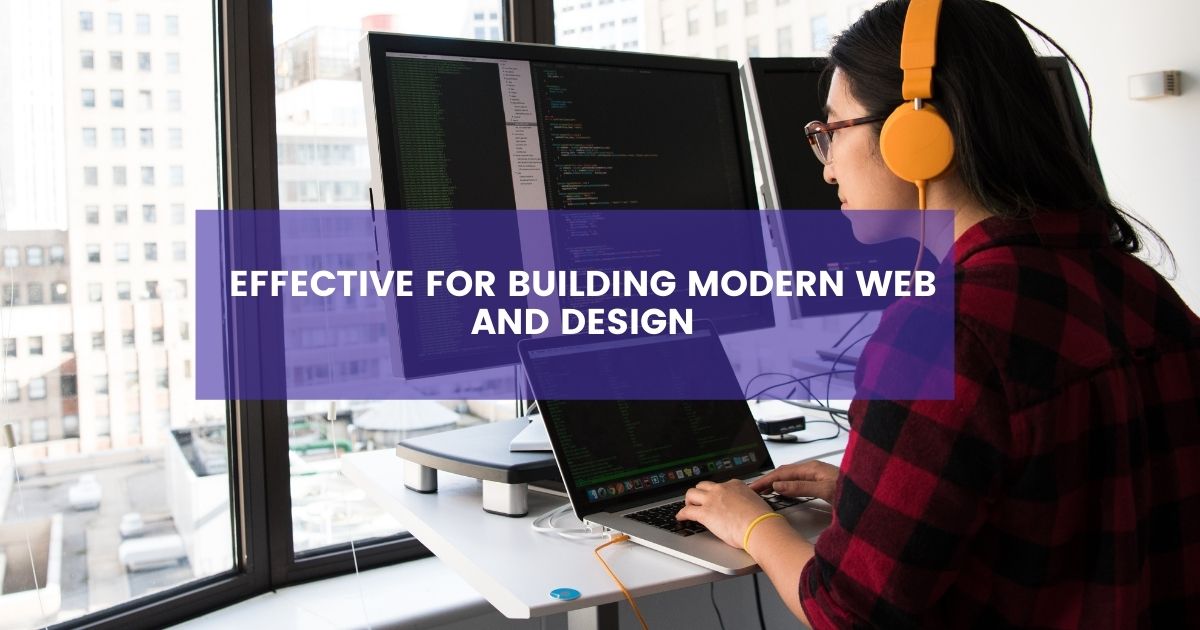
3. Easier Multichannel and Omnichannel Marketing: The Flexibility of GraphQL makes it easier for headless CMSs to support new channels in your multichannel and omnichannel digital strategy
4. Better Customer Experience and UX: Apps using GraphQL are fast and stable. Websites using GraphQL can be quick, even on slow mobile network connections.
5. GraphQL Can Save Money: GraphQL APIs save time for your developers and encourage them to write more precise queries that return only the essential data, save bandwidth, and reduce costs.
Agility CMS Supports GraphQL
Based in Toronto, Canada, Agility CMS is an API-first hybrid headless CMS that supports both GraphQL and REST APIs. Agility CMS launched v1 of their GraphQL API, which provides users with a GraphQL Playground Interface to query content from their Agility CMS Instance, using a GraphQL schema based on its defined content models. With support for GraphQL, Agility CMS solidifies its position as one of the most flexible headless CMSs on the market. Agility CMS allows developers to use any API they choose to manipulate data, thus improving the platform's flexibility and productivity.
If you want to learn more about Agility CMS and GraphQL APIs, check out this workshop below:
Learn more about GraphQL:
Tutorial: Building an eCommerce Solution with AgilityCMS, Shopify, and GraphQL
Using GraphQL to Unlock eCommerce Data for Frontend Teams
API vs SDK vs Webhooks Explained: Various Ways to Power a Headless CMS

About the Author
Agility CMS is Canada's original headless CMS platform. Since 2002, Agility has helped companies across Canada and around the world better manage their content. Marketers are free to create the content they want, when they want it. Developers are empowered to build what they want, how they want.
- Get a demo for a personalized walkthrough.
- Try for FREE and experience Agility CMS.
- Contact us with your questions.

